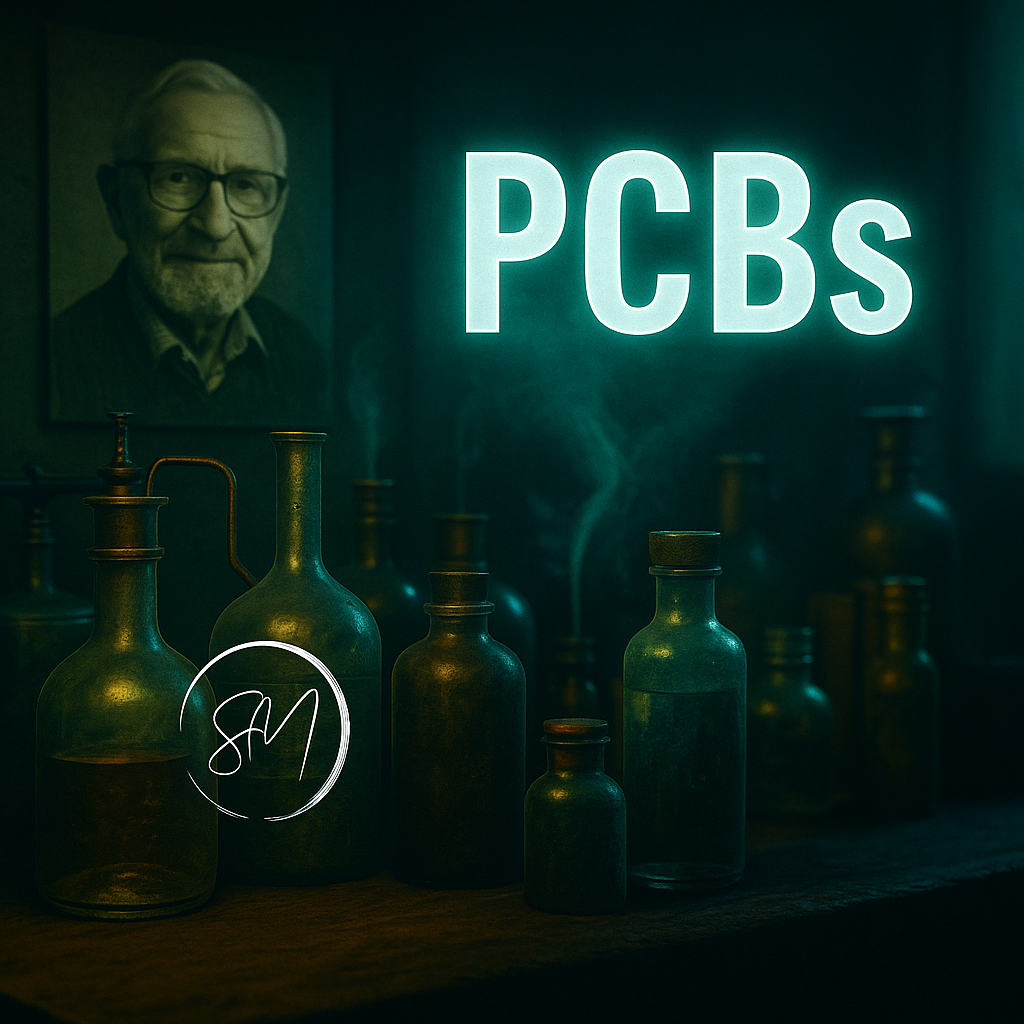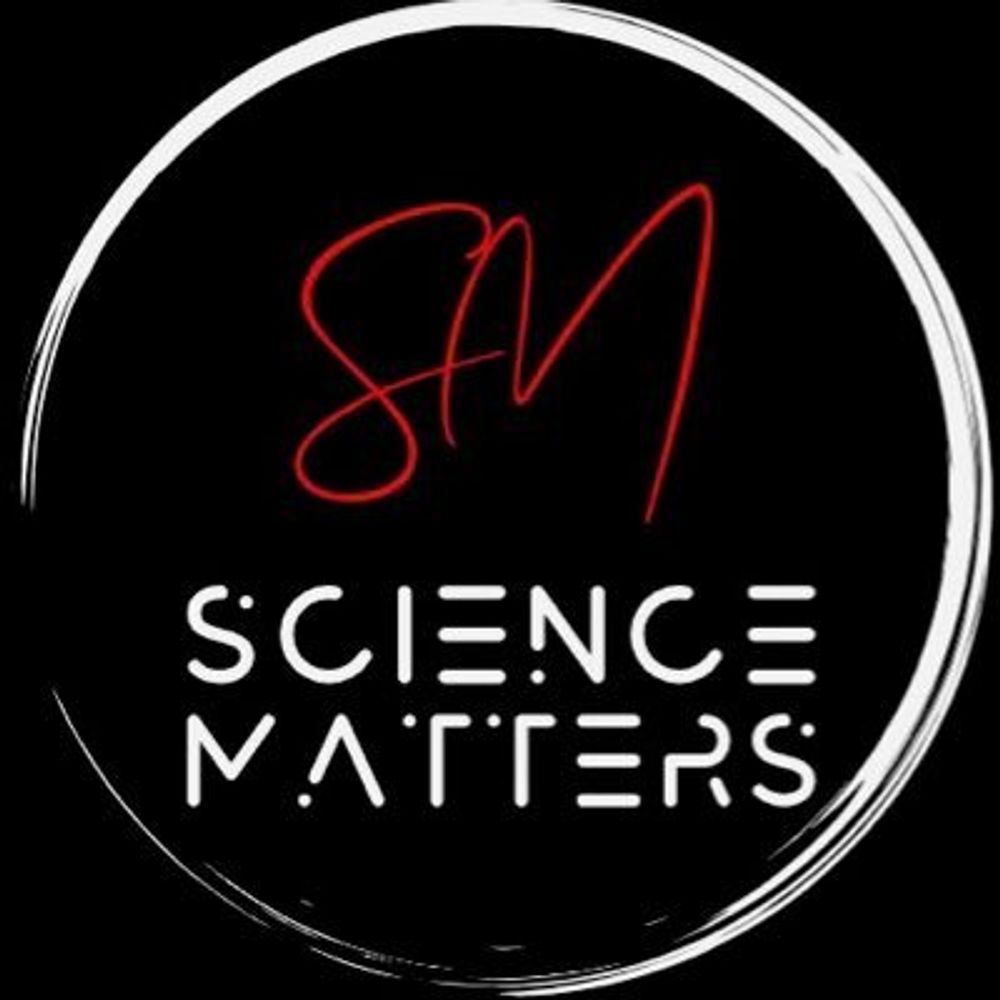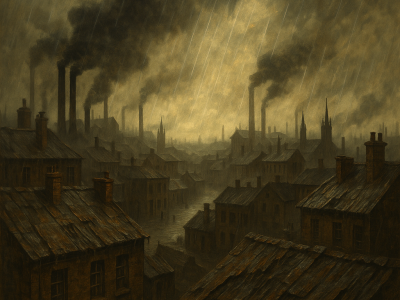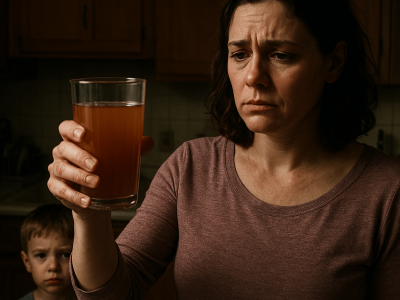In 1966, Swedish chemist Sören Jensen was not looking for a global toxin. He was studying DDT in wildlife when his instruments picked up strange chemical signals. These compounds didn’t match anything he expected. What he found were polychlorinated biphenyls (PCBs), industrial chemicals that had travelled thousands of miles, infiltrated animal fat, and defied time and temperature.
Jensen’s accidental discovery would change the course of environmental science. It revealed a new kind of pollution: persistent, invisible, and planetary in scale.
Now, decades later, PCBs are banned but not gone. And as new pollutants like PFAS emerge, the story of PCBs offers urgent lessons for today.
An industrial miracle turned environmental curse
PCBs were first manufactured in 1929. They were celebrated for their stability, insulating properties, and chemical resistance. Used in transformers, electrical capacitors, paints, adhesives, and even carbonless copy paper, they became the backbone of industrial growth during the 20th century.
Their chemical structure, two linked benzene rings with varying chlorine atoms, gave them extraordinary endurance. But that same stability made them nearly indestructible in nature. Unlike organic waste, PCBs do not degrade easily. They persist in water, soil, and animal tissue for decades, as outlined in the ATSDR toxicological profile.
By the time Jensen detected them in wildlife in Sweden, PCBs had already become ubiquitous. His findings, published in Nature, shocked the scientific community. The contamination wasn’t local. PCBs had travelled on wind and water, contaminating even remote ecosystems (Nature, 1966).
The global spread of invisible poisons
Jensen, based at Stockholm University, conducted an analysis that revealed PCBs had bioaccumulated in animals, especially those higher in the food chain. This meant that concentrations increased as toxins moved from plankton to fish to seals and birds, and eventually into humans, a process described in Carpenter’s review.
This process, known as biomagnification, explained why apex predators like orcas and polar bears were showing reproductive failure and immune suppression. The Arctic, despite being thousands of kilometres from any PCB production site, became a hotspot for contamination (WHO report).
Even today, PCBs can be detected in human breast milk, Arctic snow, and deep ocean sediments. The chemicals latch onto fat and resist breakdown, quietly persisting across generations (UNEP, Stockholm Convention).
The science behind the alarm
Jensen’s findings were soon supported by studies in the United States and Canada. Researchers found PCBs in the Great Lakes, in bald eagles, and in the blood of industrial workers. The US Environmental Protection Agency identified major contamination zones, including the Hudson River.
Scientific consensus grew: PCBs were persistent organic pollutants (POPs) with serious health risks. Health studies linked them to cancer, endocrine disruption, neurological damage, and reduced birth weight. A 2001 report by the World Health Organization highlighted long-term exposure risks, particularly for children and pregnant women.
In a landmark study published in The Lancet, researchers Philippe Grandjean and Philip Landrigan demonstrated statistically significant links between PCB exposure and cognitive deficits in children. The longer PCBs were used, the deeper they sank into food systems and bodies.
From science to international action
Despite mounting evidence, global regulation was slow. PCBs were profitable, and their health impacts were not immediately visible. But growing scientific pressure and environmental activism pushed governments to act.
In 2001, the Stockholm Convention on Persistent Organic Pollutants was signed by 92 countries and entered into force in 2004. PCBs were included in the treaty’s original “dirty dozen” list of the world’s most dangerous chemicals.
The treaty required participating nations to phase out the use of PCBs and dispose of stockpiles safely by 2028. Yet progress is mixed. Many low- and middle-income countries still store contaminated electrical equipment in deteriorating warehouses, increasing the risk of further environmental release (UNEP Global Chemicals Outlook).


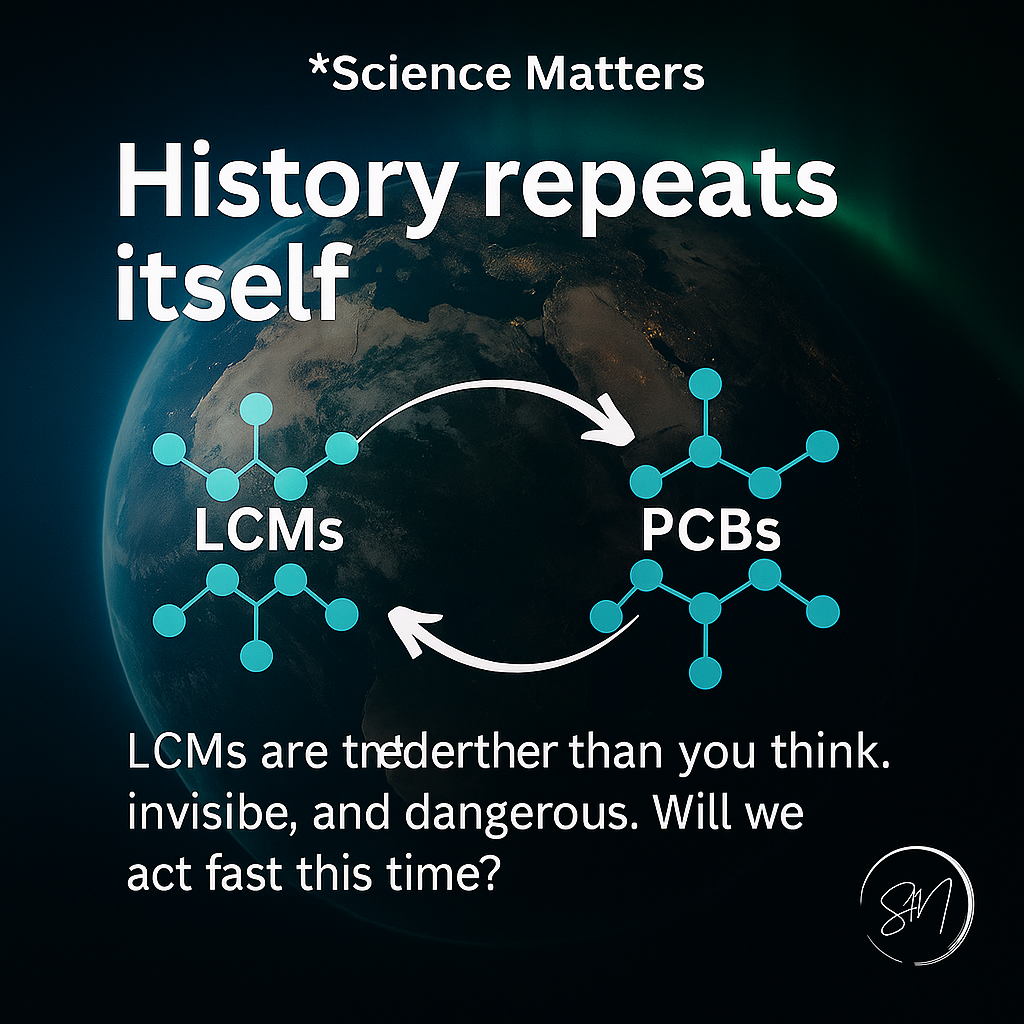
A chemical cousin: The rise of LCMs
The story of PCBs is not just a historical account. It resonates today in the growing concern over liquid crystal monomers (LCMs), chemical components widely used in electronics and display technologies. Like PCBs, LCMs are resistant to environmental degradation, capable of long-range transport, prone to bioaccumulation, and potentially hazardous to human health.
Recent studies from the Netherlands, Japan, and China have documented the presence of LCMs in wastewater, surface water, sediments, and even indoor dust. Their widespread use and improper disposal have led to diffuse contamination pathways that are only beginning to be understood. Yet, regulatory frameworks remain limited, with few LCMs explicitly monitored or restricted.
Much like PCBs in the 1960s, LCMs are now being detected in unexpected places, including remote environments and biological tissues. Experts warn that without timely regulation and proactive monitoring, history may repeat itself, with another generation of invisible, persistent chemicals slipping through the cracks.
The legacy no one asked for
PCBs continue to haunt ecosystems, decades after their ban. In Canada’s Hudson Bay, Inuit communities report higher levels of PCBs in traditional foods due to long-range atmospheric deposition. In the United States, the Hudson River remains a designated Superfund site, contaminated by decades of industrial PCB dumping by General Electric.
Dredging operations have removed large amounts of sediment-bound PCBs, yet the river’s health remains in question. The U.S. Environmental Protection Agency estimates that billions of dollars are still needed for ongoing clean-up and monitoring efforts.
In Europe, legacy PCBs pose serious challenges. According to the European Environment Agency, over 80 percent of the region’s e-waste still contains trace amounts of PCBs, especially in old electrical transformers and capacitors. These aging sources leak toxins into surrounding soil and water.
Lessons from the past, warnings for the future
The PCB saga underscores how difficult it is to remove synthetic chemicals once they enter the environment. PCBs demonstrated that pollutants can travel far beyond their origin, resist degradation, and cause harm long after production stops.
Jensen’s work laid the foundation for environmental forensics, chemical monitoring, and the now-common use of gas chromatography-mass spectrometry in contaminant detection. His ability to connect a mystery signal in wildlife fat to a global toxic pattern remains one of science’s most impactful achievements.
However, the response to his discovery was slow. Industry denial, lack of public awareness, and political inertia allowed PCBs to circulate widely before meaningful action was taken.
The role of scientists, whistleblowers and regulators
Scientists like Jensen play an essential role in identifying and flagging unseen dangers. But they often face political and commercial barriers. In recent years, researchers working on PFAS, microplastics, and neonicotinoids have encountered similar resistance.
Public trust in science, open data sharing, and independent regulatory institutions are essential. Funding for long-term ecological monitoring must be viewed as an investment in planetary health.
The PCB story also reminds us that regulation is not enough without enforcement. Many nations still possess undeclared PCB stockpiles. Old equipment leaks. The past is not buried, it is leaching slowly into our environment.
Are we doing enough?
The parallels between PCBs and LCMs are uncomfortably familiar. Both are highly stable, widely used, and linked to long-term health effects. Both spread globally before we understood the risks. And in both cases, regulation has lagged behind the science.
Meanwhile, new synthetic chemicals are entering the market faster than regulators can test them. Without proactive reform, we risk repeating the same cycle of ignorance, delay, and irreversible harm.
PCBs taught the world a painful lesson: some pollutants never leave. They cross borders, enter our food, and linger across generations. Their silence is what makes them so dangerous.
For researchers, policymakers, and everyday citizens, the question remains: how many silent toxins must we uncover before precaution becomes policy?
The science is there. The silence is not an excuse.
References
- Jensen, S. (1966). Report of a new group of environmental contaminants: polychlorinated biphenyls. Nature, 220, 274–275.
https://doi.org/10.1038/220274a0 - Carpenter, D. O. (2006). Polychlorinated biphenyls (PCBs): Routes of exposure and effects on human health. Reviews on Environmental Health, 21(1), 1–23. https://doi.org/10.1515/REVEH.2006.21.1.1
- Agency for Toxic Substances and Disease Registry (ATSDR). (2000). Toxicological profile for polychlorinated biphenyls (PCBs). Atlanta, GA: U.S. Department of Health and Human Services.
https://www.atsdr.cdc.gov/toxprofiles/tp17.pdf - World Health Organization (WHO). (2003). Polychlorinated biphenyls: Human health aspects. Geneva: WHO.
https://iris.who.int/handle/10665/42695 - United Nations Environment Programme (UNEP). (2001). Stockholm Convention on Persistent Organic Pollutants.
https://www.unep.org/resources/report/stockholm-convention-persistent-organic-pollutants - Grandjean, P., & Landrigan, P. J. (2006). Developmental neurotoxicity of industrial chemicals. The Lancet, 368(9553), 2167–2178.
https://doi.org/10.1016/S0140-6736(06)69665-7 - United Nations Environment Programme (2023). Global Chemicals Outlook II: From Legacies to Innovative Solutions.
https://www.unep.org/resources/report/global-chemicals-outlook-ii-legacies-innovative-solutions - DeWitt, J. C. (2015). Toxicological effects of perfluoroalkyl and polyfluoroalkyl substances. Springer.
https://doi.org/10.1007/978-3-319-15518-0 - European Environment Agency (EEA). (2018). Emerging chemical risks in Europe — PFAS.
https://www.eea.europa.eu/publications/emerging-chemical-risks-in-europe - United States Environmental Protection Agency (EPA). (2021). Hudson River PCBs Superfund Site.
https://www.epa.gov/hudson

